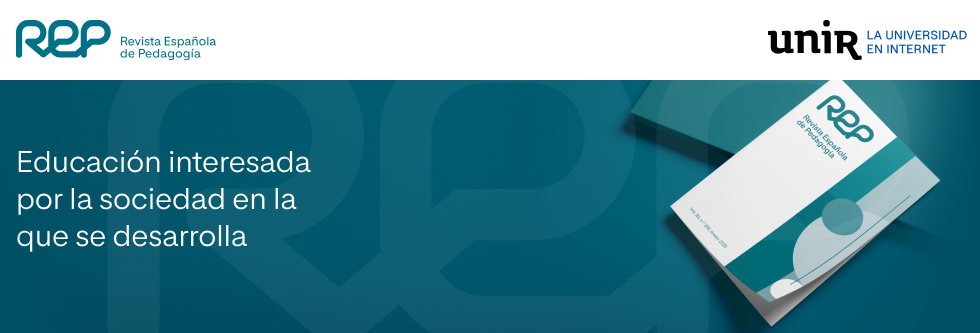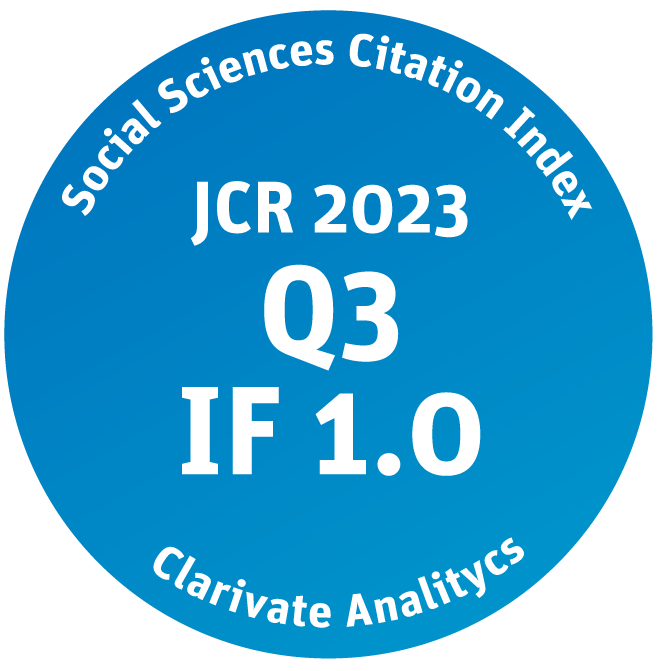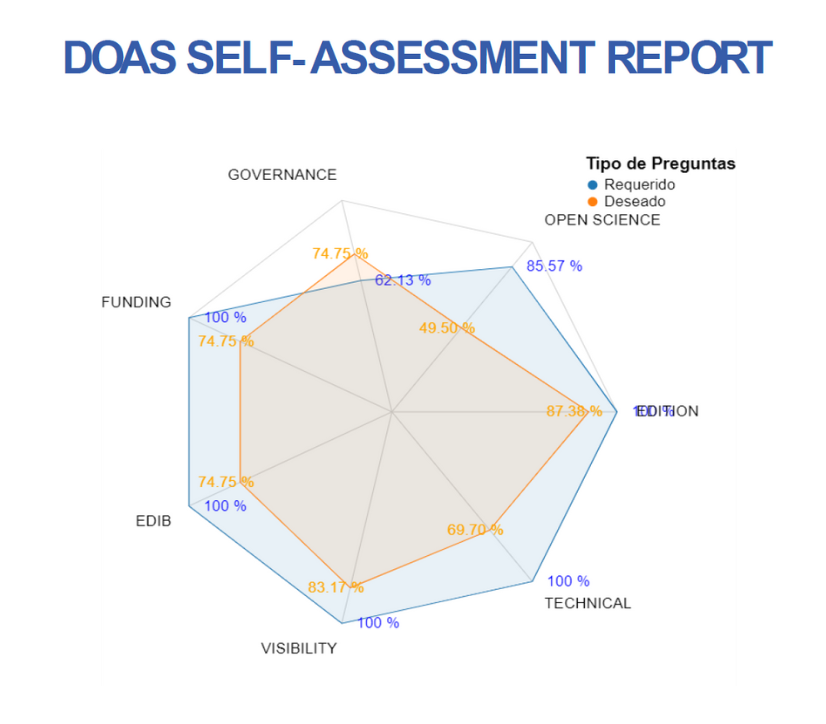Arthur, J. y Fernández, V. (2023). En vista del fin excelente: la educación del carácter en las universidades. Aula Magna Proyecto Clave McGraw Hill. 234 pp.
DOI
10.22550/2174-0909.4167
Abstract
In this work, the crucial importance of universities in the formation of students is presented and questioned. The authors help us reflect on the central role of educators in shaping young people’s character in a university environment and on how human flourishing can be achieved through the virtues of faith, hope, and charity. This work stands out for its deeply practical character, since as well as meditating on these topics, it suggests and describes specific measures that can provide great inspiration for higher-education centres.
The first chapter questions the influence of universities on students’ flourishing. Universities must not only teach moral virtues but also how to put them into practice to ensure that students become people, citizens, professionals who contribute to the good of society. As the authors note, “there is a broad gulf between knowing and doing” (p. 29). Human beings need information, but to achieve a fulfilled life, we must put moral virtues into practice through understanding and prudence. The second of these, understood as practical wisdom (phronesis), plays a fundamental role, as it represents the capacity to act and decide what is best at each moment. Nonetheless, it is noted how universities, despite being aware that the education that they provide influences the character of young people, focus on knowledge and competences of an economic or professional nature. In other words, they have taken a certain market-based approach: the teachers offer knowledge (a product) while students seem to want nothing other than accreditation so that they can move on in their careers. The authors argue for the central role of universities in the formation of character, something that is sufficiently important that it should not be left to chance. Universities must embody values and encourage their students to propose a committed life for themselves. In particular, in a Catholic university, the doctrinal foundation must inspire character education and guide what it does and what it teaches. A university is not Catholic because of its name nor because it teaches the doctrine of the Church; what makes it truly Catholic is the use of reason in all facets of university life, in how truth and love are pursued.
The second chapter considers character education in Spain. It is striking that the trend in English-speaking countries of incorporating training of the character, of moral virtues, into school and university educational projects has not taken root in Spain. One possible reason is the legislative framework. From the enactment of the LOECE (Organic Act governing the Status of Educational Centres) in 1980 to the present day with the LOMLOE (Organic Act amending the Organic Education Act), eight education acts and reforms have been passed. When discussing the new challenges facing Spanish universities, the authors rightly argue that ethics, values and virtues are the principle of progress. Therefore, a model that contributes to shaping people’s character and identity must be proposed, so that our young people can “come to be someone and not just come to know how to do something” (p. 45).
In chapter three, they summarise the document Character education in the universities: A framework for flourishing, from the Jubilee Centre for Character and Virtues and the Oxford Character Project, the purpose of which is to show universities how to articulate and structure their mission to facilitate the flourishing of students and holistic development of character. Universities, whether they set out to or not, shape the character of their students. A good education in advanced studies not only provides people with training in how to do or access a good job, but it must also influence what they will become and how they can contribute to society. Therefore, character education must permeate university life: culture, teaching, research, extracurricular activities, vocational guidance services, admissions, etc. In each of these points, the authors, aptly, propose ideas that invite us to reflect and to propose improvement activities. Along with this, specific measures are defined so that all of the staff of the university contribute to putting into practice this framework for flourishing.
Closely connected to the above, the need to teach professional ethics is discussed in chapter four. These should not be based on deontological codes or codes of conduct nor on the use of decision-making models. No: professional practice must be incorporated as an intrinsically moral whole including a concept of responsibility that inspires responses from everyone that are in accordance with what is good. The authors argue for replacing the concept of professional career with professional vocation, in which the person is involved as such in its exercise. It is also in work where the character of the person will be displayed, as being will be expressed through doing. Professional ethics are not a matter of avoiding evil. They are much more ambitious: they are a case of pursuing good.
Chapters five and six discuss the vocation of educating and of training teachers. The task of the teacher is fascinating. It is defined as a service vocation that must start with transformation of oneself to become a virtuous educator. It requires serving others through committing oneself. The call to educate is not so much doing things as living because of something and for someone. The teacher, consequently, is not only a transmitter of content. Educators shape; through their mere presence, they influence the student, they cannot be neutral. There- fore, it is vital for them to have well-formed characters, as people cannot give what they do not have. So, all people who are considering being teachers must ask themselves if they are really disposed and prepared to do so. The authors identify four elements that people who wish to immerse themselves in the marvellous task of education must make their own: (i) being a magister; which is manifested through self-command of one’s conduct and knowledge of the subject one delivers; (ii) ministry, as teachers must internally return to what they were to be able to recognise the needs of the people they educate and practise empathy; (iii) to act as pedagogues, that is to say, as custodians of those who are entrusted to them; (iv) to act as maieutic figures, questioning students so that they come to knowledge of truth. These four elements will, undoubtedly, contribute to the preparation of student teachers, although it is necessary to keep them in mind throughout one’s career as a teacher.
The study of the relationship between competence and virtues that authors provide in chapter seven is of great interest. After several definitions of competence, they distinguish between technical competences (knowledge and skills from the academic, scientific and technological fields) and personal ones (cognitive, interpersonal and intrapersonal capacities). To achieve an integral education, the person must acquire techniques and, when exercising them, carry out ethical action. Rather than dividing training into personal competences, there should be a tendency towards an integrating concept; what the authors call personalisation of the formative process. In this sense, they establish the following relationship between competences and virtues:
(i) Justice as the inclination of the will to give to God and to others what is due to him, so that truth and goodness combine with the interpersonal concept of the student. All of the competences with a social dimension, a dimension of reflection and evaluation of decision making, must be inspired by justice.
(ii) Strength or a firm and constant willingness in the search for good. This virtue must foster the competences of self-criticism and self-evaluation, constance and patience to achieve a strong determination to seek good.
(iii) Temperance, which moderates and ensures balance in the use and attraction of material goods. This is related to the competences of time management and self-knowledge.
There is, however, one supreme, master virtue: prudence. As explained above, this guides and directs our emotions, our intentions, and how we work towards what is good, the end we wish to achieve. In this way, it pushes or drives away behaviours so that they are useful and directed towards the goal. As a master virtue, it helps decide when to apply one virtue or another, or which is most relevant in a given moment. It discerns good and the means for achieving it. As a corollary to this chapter, the authors note the need for the teacher to seek and exercise these four virtues.
Chapter eight starts with a great truth: “We teach what we are”. Education entails a relationship. The educator’s way of being has more influence than we might believe, hence the transcendental importance of what is noted in the previous chapters. In this relationship between the educator and the learner, freedom has a special function. Educating can be understood as teaching to be free, conceived as the student’s capacity to choose and know how to choose. To do so, it is necessary to combine intelligence and will, functionality and affectivity. As a result, a key distinction emerges between authority and authoritarianism, where the former has degenerated, in part because it has turned into the latter, while the latter is a caricature of the former. Authority emerges from the relationship, from feelings, from the desire to belong, but not through the existence of rules. This could be said to be the difference between auctoritas and potestas. Teachers, through their virtuous lives, their presence in the classroom, must inspire in their students the love of good and of its implementation.
In the last chapter, number nine, the authors present educational practices that have been carried out in institutions that have opted to focus on an integral education of the student. These practices are of great utility.
We believe this book is essential reading for everyone who has the great fortune of having a vocation (understood as the authors magnificently explain it) for teaching. The way it spells out the concepts and their practical utility is very revealing. Teachers cannot just be transmitters of content; if they were, what would differentiate them from, for example, a youtuber? This same thesis is set out masterfully in the novel La ventana [The win- dow] by Carmen Guaita, where she skilfully depicts the great influence that teachers have on young people. They can never be replaced by a machine, because with their mere presence, they influence the students. This book does a wonderful job of inspiring this influence to be for the good of the students and for the teachers to be- come better as people and so as teachers.
Citación recomendada | Recommended citation
Moreno-Ochoa, G.
(2024)
.
Book review: Arthur, J. & Fernández, V. (2023). En vista del fin excelente: la educación del carácter en las universidades [In view of the excellent goal: Character education in universities]. Aula Magna Proyecto Clave McGraw Hill. 234 pp..
Revista Española de Pedagogía, 82(289).
https://doi.org/10.22550/2174-0909.4167
Licencia Creative Commons | Creative Commons License
Esta obra está bajo una licencia internacional Creative Commons Atribución-NoComercial 4.0.
This work is licensed under a Creative Commons Attribution-NonCommercial 4.0 International License








